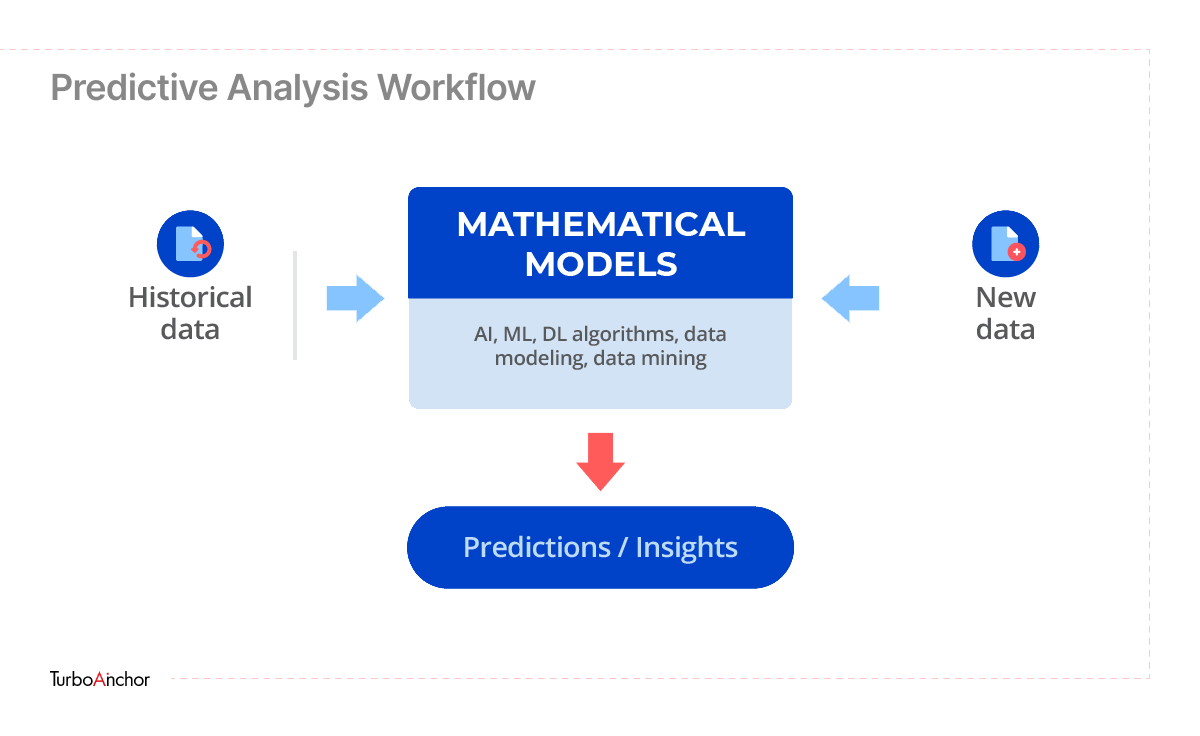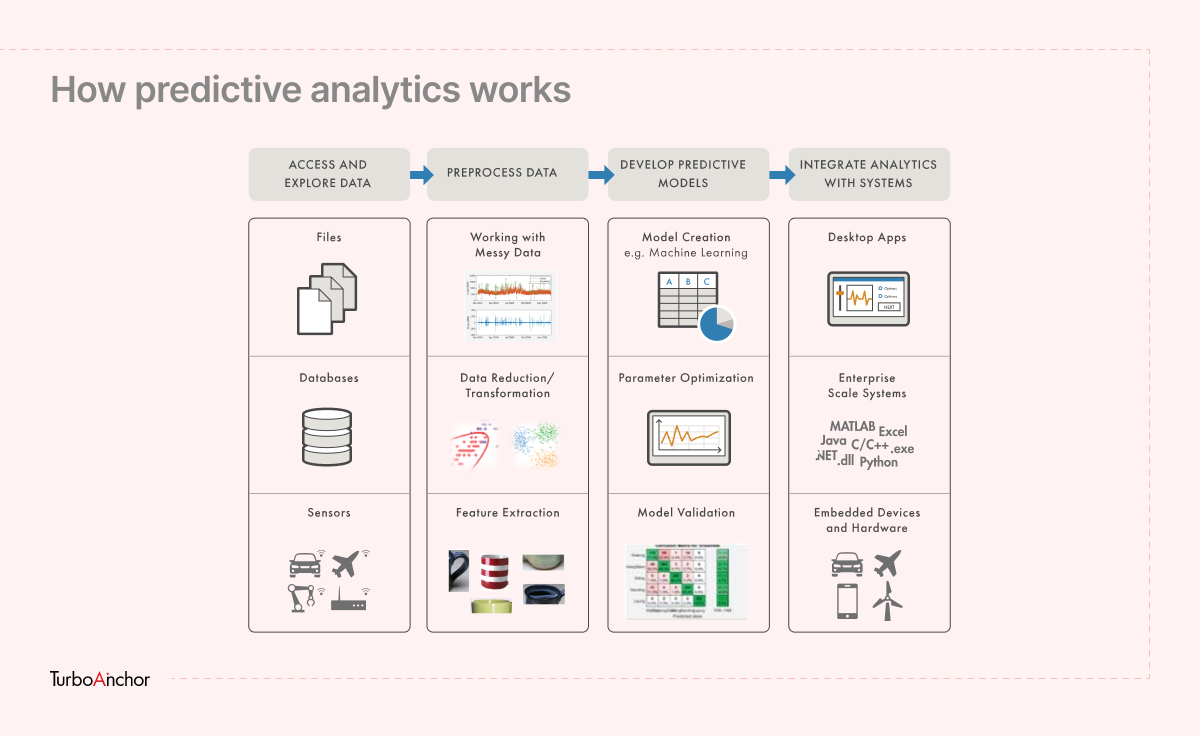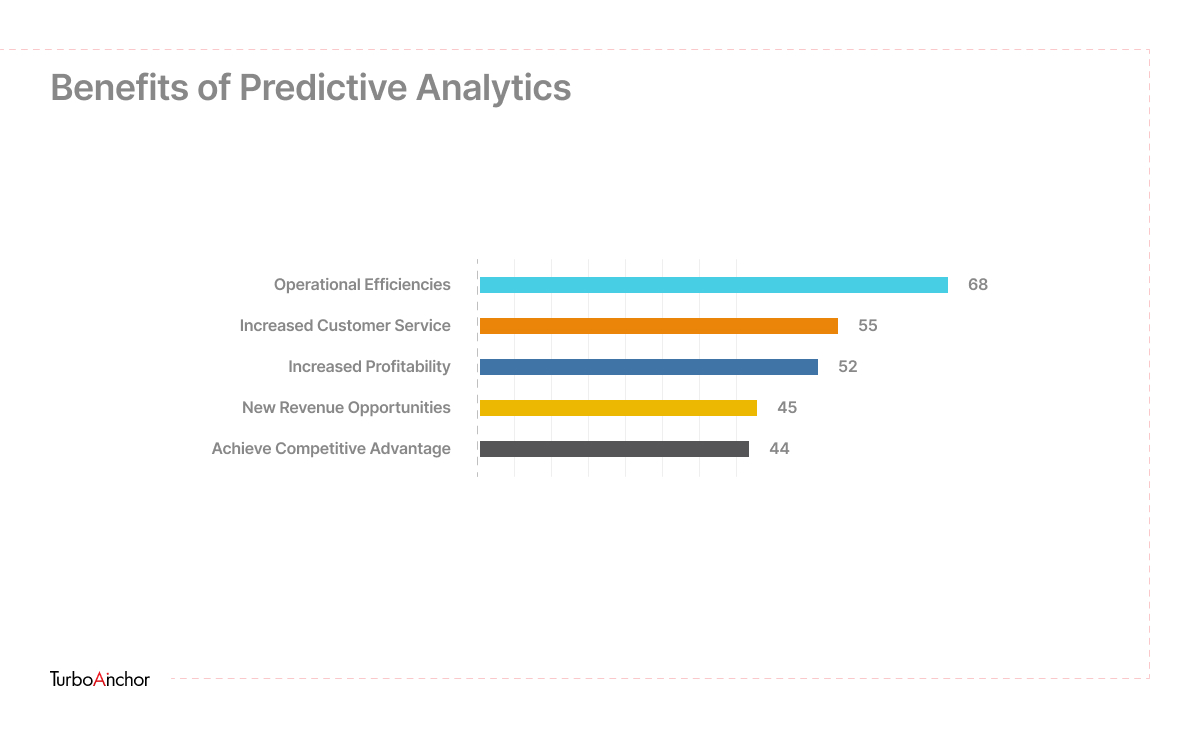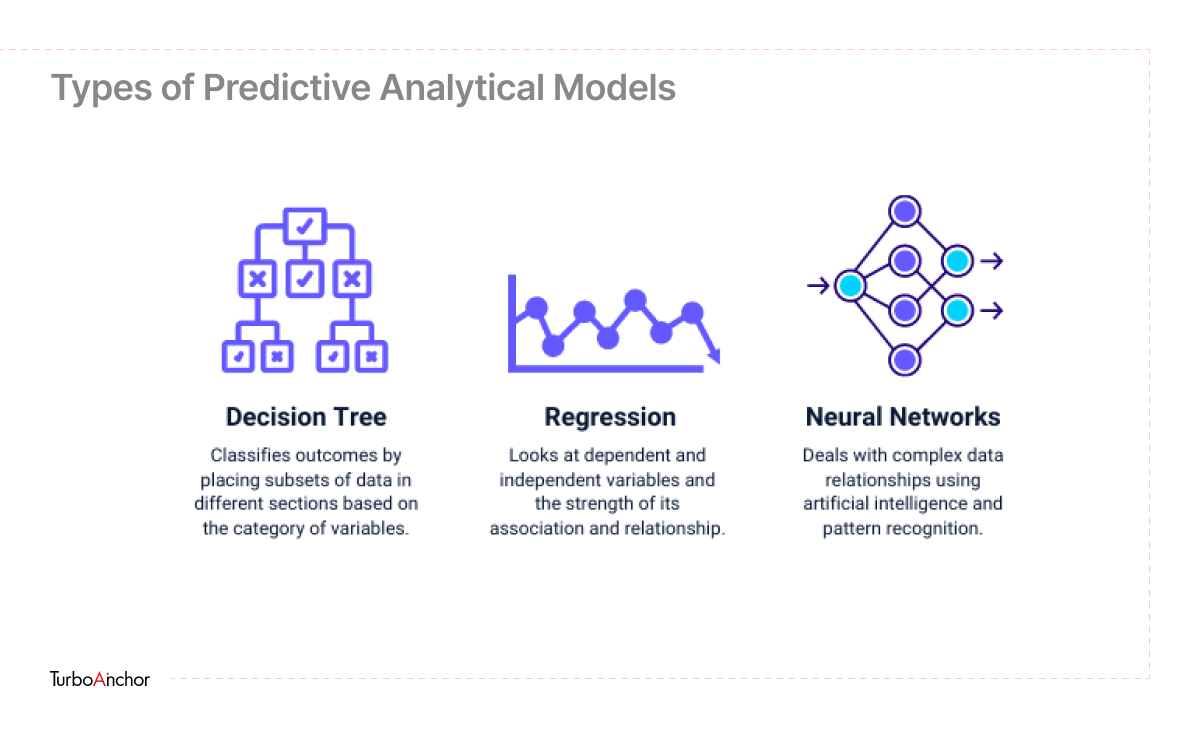How Can Predictive Analytics Improve Performance?
Posted on: August 4, 2022 8:45 AM
By Muhammad Hanzla Ijaz
Posted on: August 4, 2022 8:45 AM
BUSINESS MANAGEMENT > (IOT)
Wouldn’t it be great if organizations could harness, restructure and use their data to predict the purchasing patterns of their most loyal customers and how to encourage those customers to renew their subscriptions? It is possible to accomplish these tasks thanks to predictive analytics. Companies require business analysts who can convert data into accessible information.
Table of Contents
TogglePredictive analytics is a form of advanced analytics that predicts future results by using current and historical data. Companies used combined data mining techniques and machine learning algorithms to identify activity, behavior, trends, or business opportunities.

In short, predictive analytics is used to identify risks, determine how these can be minimized, identify opportunities for taking advantage of and converting them to optimum results, and improve operational efficiency. According to the research, the market for Predictive Analytics is expected to grow from $10.5 billion in 2021 to $28.1 billion by 2026 as more companies utilize advanced analytics for their business management and to boost competitive advantage. [1]

While in manufacturing, predictive analytics models can boost efficiency and revenues. Predictive analytics can anticipate production delays by identifying the location and frequency of machine failures. By projecting upcoming demands, manufacturers can order supplies accurately, reducing raw material waste.
A business uses different techniques according to the type of purpose and response set that works best for it.
For example, streaming platform companies like Netflix & Amazon use predictive analytics to determine consumer behavior and personalize user experience.

Following are the basic steps predictive analytics software typically tracks:
Following are the benefits of using predictive analytics,
Picking the right predictive model is vital in generating the most accurate forecast. Going for the wrong one can lead to inaccuracy and irregularity in your operation.

Following are the most common types of predictive analytical models used,
Decision Tree: It’s one of the most popular methods of predictive analytics.
As the name suggests, it looks like a tree-shaped diagram with each branch representing a choice between several alternatives and each leaf representing a decision.
Regression: This model helps users predict asset values and understand the relationship between dependent and independent variables. These techniques are often used in banking, investing, and other finance models since they’re used to predict a number as they find crucial patterns in large data sets.
Neural Networks: An innovative method of predictive analytics is neural networks. This model is designed to determine the relationship between data & mimics the way the human brain functions. It can deal with complex data relationships using artificial intelligence.
Different industries go for predictive analytics to support their efficient operation and decision-making.
Following are the industries that use predictive analytics,
Read More: How IoT in the supply chain can help manufacturers?
Ultimately, we know how much predictive analytics tools are capable of. Yet, companies are at a slow pace of totally relying on or utilizing such technology. More the less, as we are advancing towards the new world of the digital frontier, this tool will end up being a game changer for businesses. You may wonder how so. Well, at first, it’s not something out of the blue that is a way to forecast outcomes. But what sets it apart is that data analytics predict results from users’ past collected data. Still, when it comes to predictive analytics, it provides companies with both past & future insights.
Also Read: